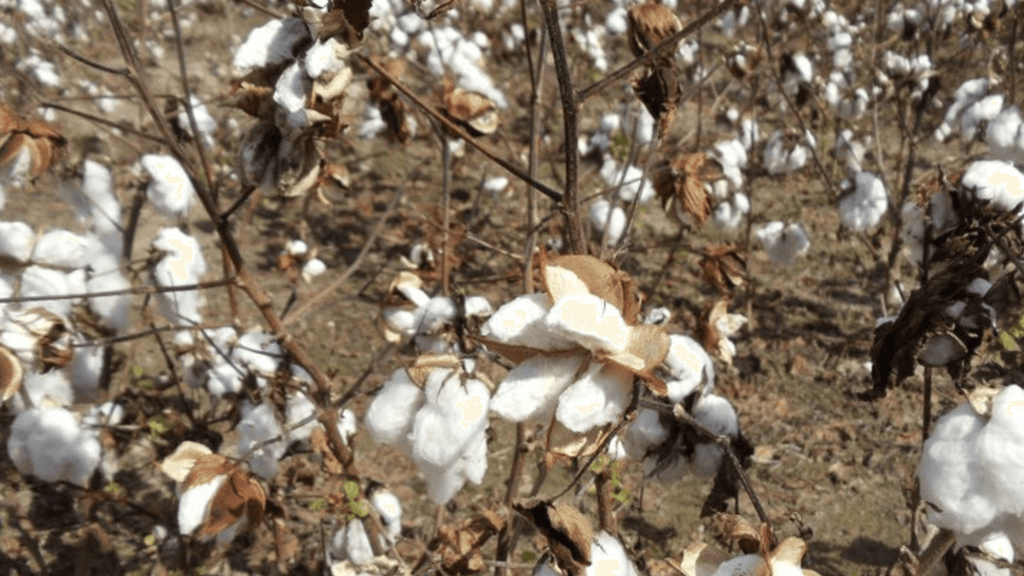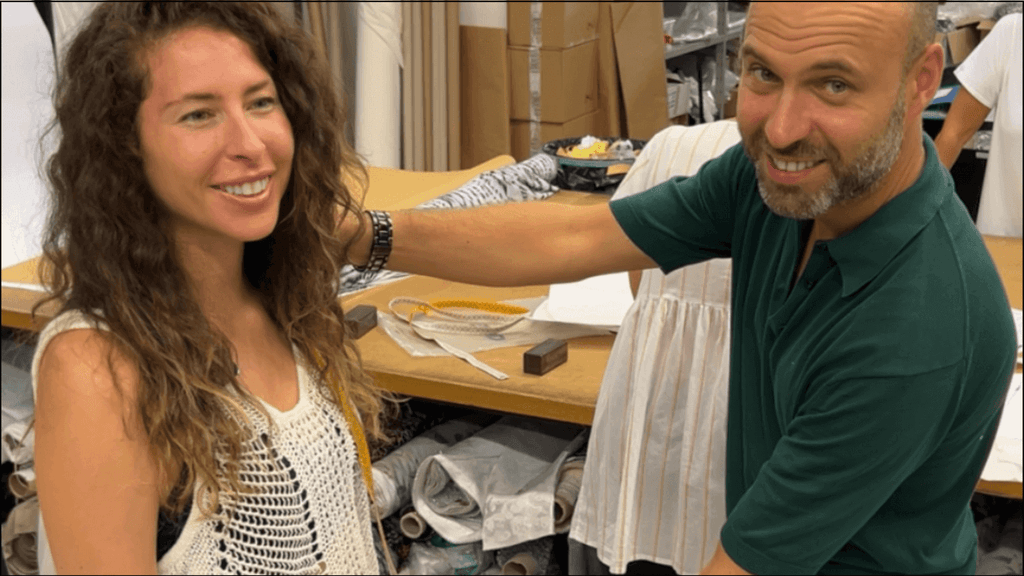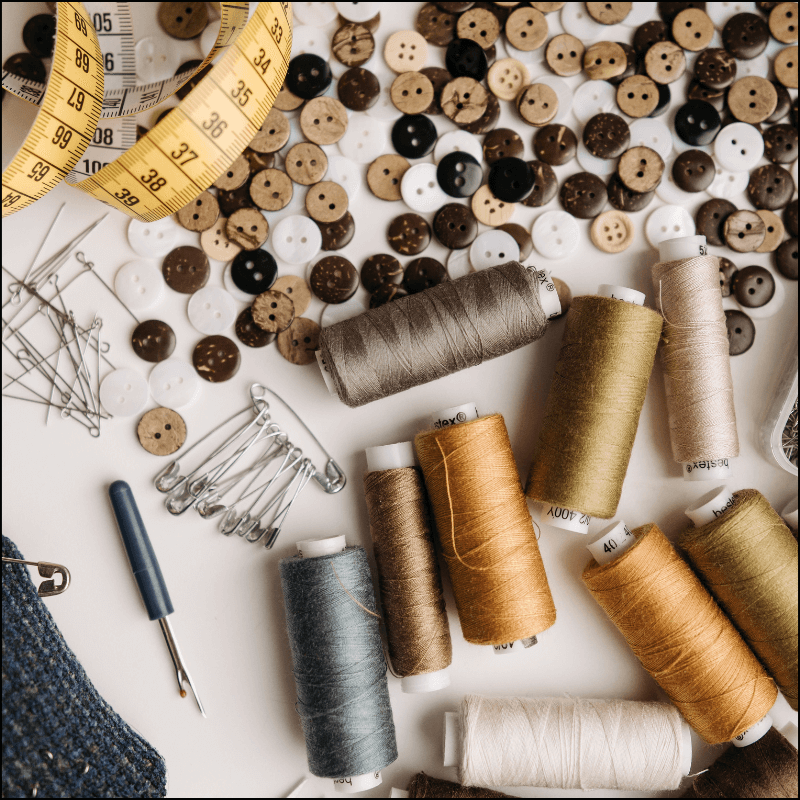Slow Fashion Starts With Slow Manufacturing
Before we get into the manufacturing side of things, let’s start with the basics, what is slow fashion?
Kate Fletcher was the first to use the term “slow fashion” back in 2007 in The Ecologist. Originally the term was describing the similarities between the slow food movement and consumers newfound awareness of how their clothing is made. Today it is a broad term to describe fashion that is sustainable, ethical, green, and eco-friendly, etc.
Slow fashion is an evolution of the slow food movement, which began in Italy and was lead by Carlo Petrini in 1986. Petrini links the pleasure that food gives us social and ecological awareness and responsibility. And, he encourages a biodiverse food supply chain. But, slow fashion is not the only movement that grew out of slow food. Thanks to Petrini, now we even have slow cities that work to improve citizens quality of life.
3 founding principles
The core of the slow food movement is these 3 principles…
- Good: quality, flavorsome and healthy food
- Clean: production that does not harm the environment
- Fair: accessible prices for consumers and fair conditions and pay for producers
It’s easy to see how these values can translate into the slow fashion movement…
- Good: quality clothes that last for years
- Clean: manufacturing systems that do now harm the planet
- Fair: wages, and safe working conditions
So, what is slow fashion exactly?
If every action has an equal but opposite reaction, slow fashion is the result of too much fast fashion over the past decade. So, instead of disposable trends, slow fashion consciously creates a product that consumers want to last a lifetime, or pass down for generations.
An underlying theme of slow fashion is transparency. By companies sharing their manufacturing practices, consumers feel a connection to the products they are buying, and begin to understand the differences in quality. This connection also encourages them to properly care for their things. Because of this, transparency has become a crucial tool in helping shoppers re-train their buying habits from fast and disposable to slow and informed.
Is it expensive?
Transparency also helps to justify higher price points. One of the most common questions I hear is why does this cost so much? I can just get it on Amazon for ½ the price. Well, if a slow fashion company is doing their job, they will help to educate you why their cotton is superior, or their fabrics are engineered to last longer, or the time it takes to make real embroidered chemical lace compared to the cheap knit stuff coming out of China.
In the slow fashion world simply labeling your product as “high quality” is not enough. Quality must be proven.
In some cases, that we will discuss soon, slow manufacturing can even increase their bottom line.
What slow fashion isn’t
Eco collections by fast fashion companies like H&M and Zara are not slow fashion. These types of media campaigns are Band-Aids over the root of our problem which is over-consumption. Slow fashion is just that – slow. A fast fashion company making slow fashion is an oxymoron and impossible.
How can you join the movement?
- Buy vintage
- Repair old clothes
- Shop from small local producers
- DIY
Now that you know what you can do as a consumer, here is the behind the scenes scoop on what suppliers are doing to slow fashion down. Up until now, this info has only been available to people in the industry – you’re welcome ;)
Slow Manufacturing
Work smarter, not harder.
It may sound counterintuitive, but the secret to manufacturers and brands incorporating more sustainable and ethical practices while increasing their bottom lines may be to produce less and to produce slow(er) fashion.
The fashion industry has long turned a blind eye to its dirty secret of excess waste. Recently Burberry came under fire for burning $36.5M of apparel. But, brands aren’t the only ones who overproduce, and then throw away - the entire fashion supply chain from fiber to finished product is guilty of this practice.
Manufacturers at the forefront of promoting sustainable and ethical practices throughout the entire fashion value chain are challenging the decade's old notion that it is cheaper to create more and throw away the extra. New systems are proving that less is more when it comes to supply chain.
Conventional cotton isn’t just thirsty it’s wasteful

Are there better stock photos of cotton out there on the internet? Sure. But I took this one myself, on my old crummy camera phone, when I visited my very first cotton farm.
Conventional cotton is not only a thirsty crop, but it is also a wasteful crop. The key to higher yields lies in sustainable organic farming practices.
Conventional cotton farming relies on quantity. In conventional cotton practices. Farmers pack as many plants onto their land as possible. About 20,000- 60,000 plants per acre, depending on the type of cotton plant and the regional climate.
planned waste
Farmland is crowded because a large percentage of their crop will be unusable. Cotton is harvested when the plant is not fully matured. A cotton picking machine sweeps through the fields, sucking up the cotton that is ready at the time, and essentially demolishes the rest of the cotton plant.
But, cotton pickers are not perfect at their jobs, they leave behind anywhere from 5-20 percent of the cotton buds, or sometimes even more. And, all of this crop is wasted. The cotton picker, which was invented to save time, streamline production, and increase bottom line could actually be so wasteful it is causing farmers to lose money.
Planting less cotton can create higher yields
According to Arunambi Chandra of Chetna Organics converting conventional farms to organic cotton, farms have seen an increase in yields and the practices are better for the soil and environment.
How is this possible?
Where conventional cotton farms operate under the adage that time is money, organic cotton farms prove them wrong. It pays to go slow, and pick cotton by hand. As the plant grows the cotton is gently picked, the plant remains healthy and intact and is able to continue growing and producing more cotton. Plants can be harvested up to 7 times a season compared to only once with a machine.
And, according to Rajat Jaipuria of Rajlakshmi Textiles, even taking into account the decreased number of plants, a modest 5,000 per acre in organic farming compared to conventional, farmers are able to see yields up to 15% higher per acre because of being able to grow the plants bigger, and pick multiple times in a longer cotton season.
Fragile ecosystems
The high concentration of plants on conventional farms creates extremely fragile ecosystems where pests can attack quickly. One bole worm is able to destroy 20-30% of a cotton plant in a single day. To keep plants safe in conventional farming, excessive amounts of pesticides, herbicides, and insecticides need to be used.
Adopting the environmentally friendly practice of using trap crops instead of chemicals can protect harvests and also save farmers money. Trap crops are plants that pests prefer to eat and will attack first before moving onto cotton. Neem and castor are two popular plants in India. The pests can eat off all of the leaves because the useful part of the plant is the stalks. Chemicals cost money, and can not be reused. While trap crops initially also cost money they can be harvested and sold as a secondary crop for profit.
Organic farmers in Chetna’s working group are also required to plant food crops on their farms. Crop variation is crucial for biodiversity and the longevity of soil health. It also financially protects the farmers. Even if all of their cotton plants fail, they still have food to eat and trade.
Factories are getting in on slow fashion too

Me inside a slow fashion factory in Italy
What if I told you that reducing your factories production capabilities by 6.3% could increase your bottom line by 3%, and you could do all this without any reduction in customer order size?
The secret is batch numbering, and it’s saving savvy slow fashion factories serious cash.
The cutting room line
To understand batch numbering we first need to look at how a traditional cut + sew factory works. The fabric is rolled out and stacked on top of itself in preparation to be cut. Layer upon layer of fabric is added until the stack is about 5-7 inches high. The last layer is a paper print out that will instruct the workers where to cut. In mass production, fabrics are not cut with a pair of scissors they are cut with a table chainsaw.
Once the pieces are all cut out they are sorted into bins by piece and size to be moved to the sewing line. The process of stacking, sawing, and sorting into bins is repeated until all the fabric has been cut.
When the bins are moved to the sewing line, whatever is needed is picked from the individualized bin. But, there can be problems. Fabrics do not dye evenly - acceptable fabric orders have a range of shades and tones, as long as they are intolerance and within a specific shade band range the fabric is approved and accepted.
Problems with conventional production
But, what happens if you have a pink fabric and the fabric used on the sleeves is 2% more yellow than the standard, and the body is 2% more blue? Both of the fabrics are in range, both technically should be approved, but they clash and look nothing like each other when sewn together. When something like this happens the garment is considered a second and tossed to be sold in the local markets or sometimes these seconds will be sold to off-price retailers, but usually, they are just considered garbage.
solution: batch numbering
To prevent these mismatched garments batch numbering, which takes longer, has been introduced in some more progressive factories. After the layers of fabric are cut each piece that is on the top layer gets a sticker that has a 1, the second layer a 2, and so on. Then, all the pieces are then put in bins according to size, and moved to the sewing room floor. All the 1s are grouped together to be sewn into 1 garment, the 2s, the 3s etc.
By using this system which takes longer, but makes sure all of the pieces of a garment come from the same area of a roll of fabric there are in theory no more color rejects. Which means less waste and increased productivity.
See, it can pay to incorporate slower systems.
Worker partnership
The entire fashion supply chain is moving away from the idea that workers are workers and management is management, that factories have one job and the brands that place their orders another. From farmers to factories, managers want to hear the opinions of the people who are making their product. Skilled workers are the closest to the product, they know what takes them a long time and what saves them time. So, their observations and opinions can help companies create new policies and systems, and save money.
By taking the time to speak with laborers, brands can also gain insight into how their product should be designed in order to prevent production issues which can lead to late orders and lost profits. And, in order to have valued worker insight it, it is important for workers to understand what it is they are making and who it is for. By taking the time to educate workers on the products end use they are able to give invaluable insight into small alterations that can save time and money.
Worker insight saves time and resources
Something as simple as moving screen printed art off of a seam that needs to be sewn can save sewing operators hundreds of hours. Or, changing the construction of a garment could create, aesthetically, the same dress but with a reduced fabric consumption which again, would save the brand money. The workers are the real experts in how apparel is made, and the brands who create an open dialogue with them are the ones that are seeing increases in their bottom lines.
Manufacturers embracing slow fashion
It’s easy to get caught up in an industry that seems to move faster every day, but the key to profitability might be slowing down.



Comments